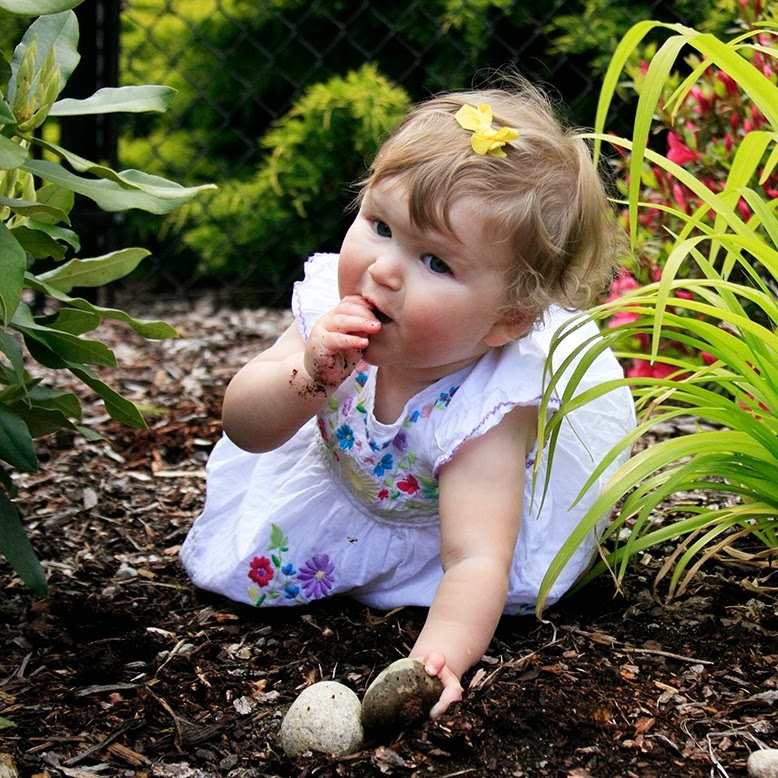
Nutritional deficiencies, especially vitamin or mineral deficiencies, can also be one of the causes of pica. A lack of environmental stimulation, like enough playtime or social time, can cause cats to turn to this compulsive disorder to have fun, relieve some stress, or get your attention. Environmental Causes: Stress, Boredom, or Lonelinessīoredom, loneliness, and stress in your cat's life are common culprits with pica. Below, we’ll touch on some common causes of pica in cats. The disorder isn’t well understood yet, but it could be related to a number of issues, including stress and medical issues like pancreatitis and constipation. Pica can become a danger to your cat’s health because it can cause blockages in their intestinal tract. In some cases, kittens or young cats start by sucking on different materials and ingesting them in the process, or they progress to chewing and swallowing them. It’s common in cats of all ages, but tends to appear in younger cats. įeline pica refers to when cats eat non-edible items or things with no nutritional value, like plastics, fabrics, rubber, plants, soil, or paper.

This guide will explain the signs of pica, reasons your cat may have a taste for non-food items, and strategies to prevent and treat pica. Feed Your Cat Things They Should Eat, Like Food From The Honest Kitchen!.3) Pick Up Any Objects Your Cat Shouldn't Be Eating (But Is).2) Provide Your Cat With Environmental Enrichment.



 0 kommentar(er)
0 kommentar(er)
